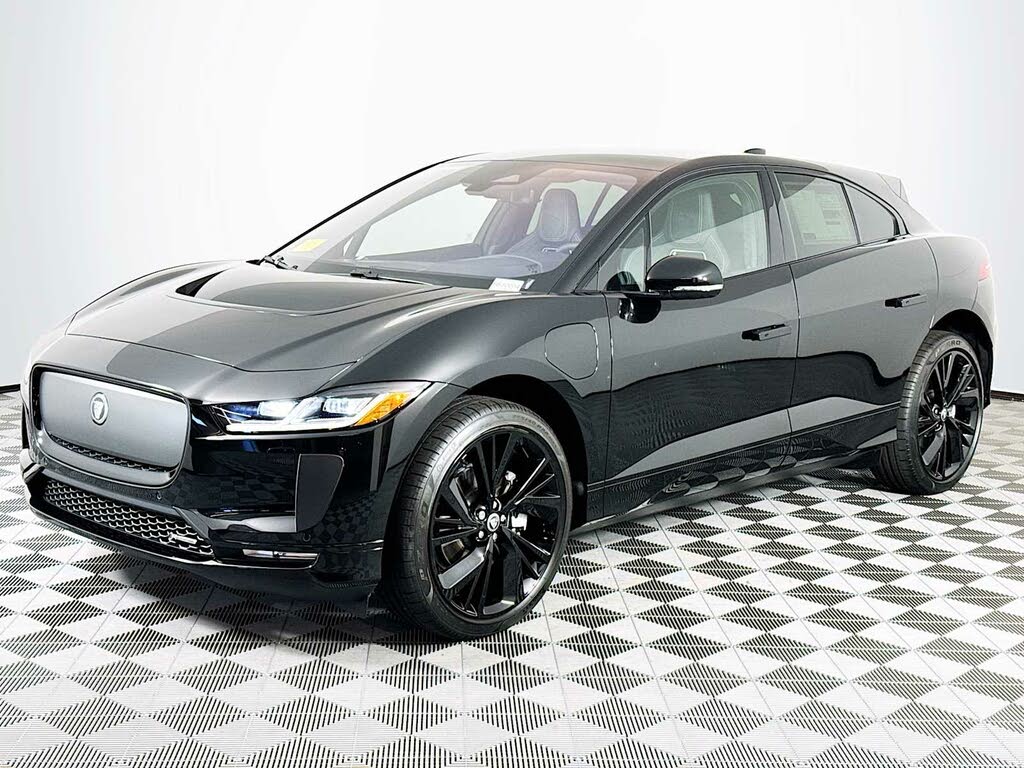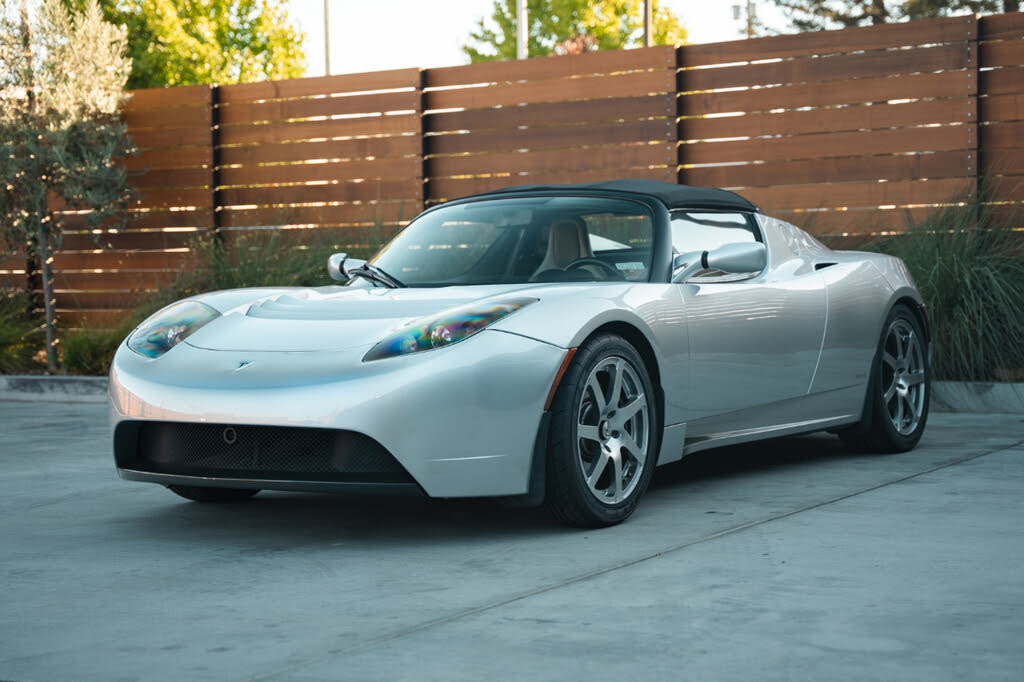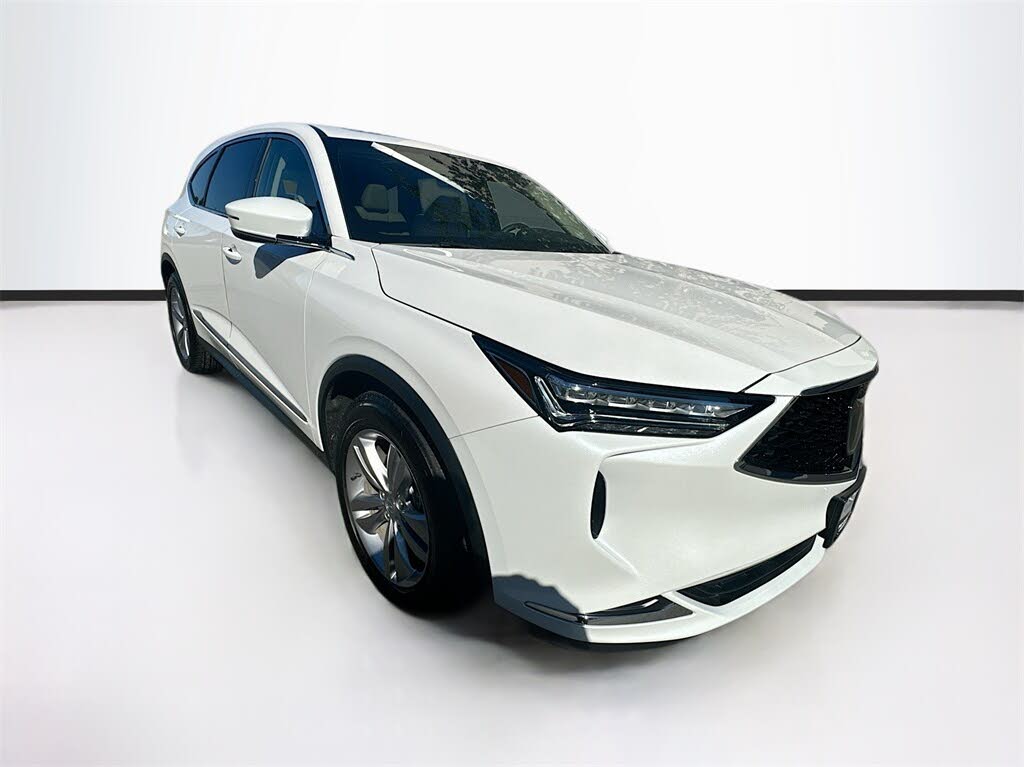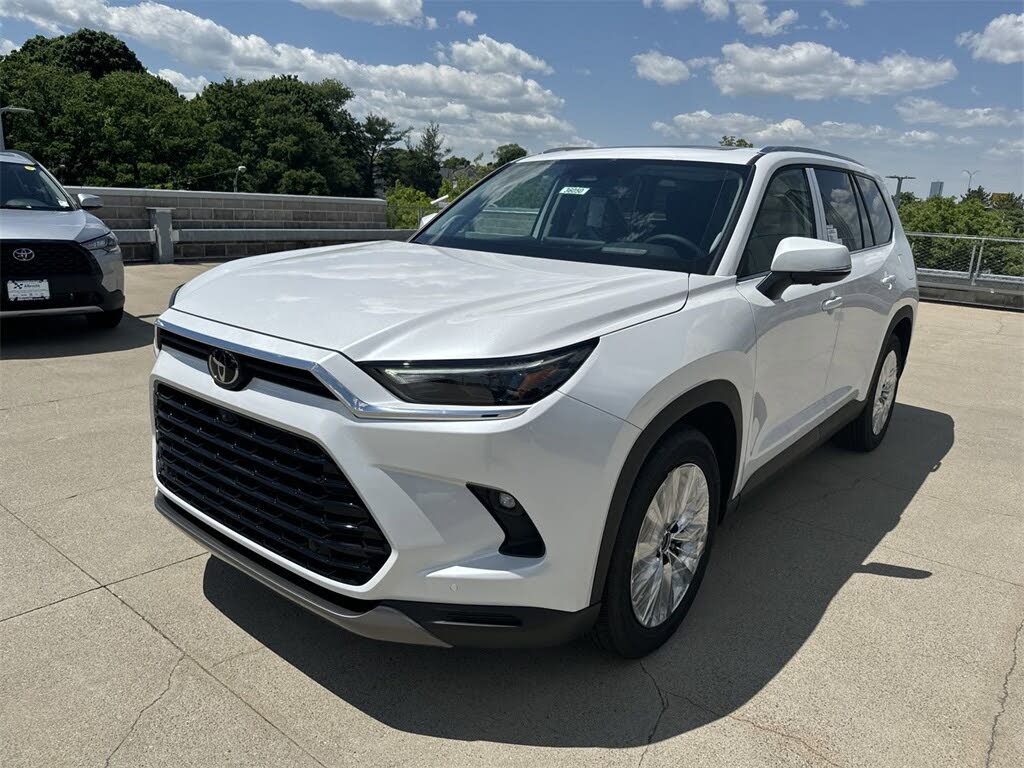California's 2035 Gasoline Vehicle Ban: Implications and Nationwide Impact
Introduction
California has embarked on a pioneering journey to eliminate the sale of new gasoline-only cars and light trucks by 2035. This ambitious initiative aims to significantly reduce greenhouse gas emissions and combat climate change. As the most populous state and a major automotive market, California's policies often set a precedent, prompting questions about the broader implications for consumers and the automotive industry nationwide.
Timeline for Implementation
The complete prohibition on new gasoline-only vehicle sales in California is slated for 2035. However, the transition will occur incrementally, beginning in 2026. The California Air Resources Board (CARB) has outlined the following milestones for the percentage of new zero-emission vehicles (ZEVs) required at dealerships:
- 2026: 35%
- 2027: 43%
- 2028: 51%
- 2029: 59%
- 2030: 68%
- 2031: 76%
- 2032: 82%
- 2033: 88%
- 2034: 94%
- 2035: 100%
This phased approach is designed to facilitate a smooth transition for consumers, manufacturers, and infrastructure development.
--TOP ADVERTISEMENT HERE--
Inclusion of Plug-In Hybrid Vehicles
While the focus is on promoting fully electric vehicles (EVs), the policy acknowledges the role of plug-in hybrid electric vehicles (PHEVs) in the transition. Even after 2035, PHEVs can constitute up to 20% of new light-duty vehicle sales. To qualify, these vehicles must meet stringent standards, including a minimum all-electric range of 50 miles. This ensures that PHEVs contribute meaningfully to emission reduction goals.
Potential Adoption by Other States
California's vehicle emissions standards have historically influenced policies beyond its borders. Under Section 177 of the Clean Air Act, other states can adopt California's stricter standards. As of now, several states have expressed intentions to implement similar bans on new gasoline-only vehicle sales by 2035, including:
- Washington
- Oregon
- New York
- Massachusetts
Collectively, these states represent a significant portion of the U.S. automotive market, amplifying the impact of California's policy on a national scale.
Impact on Existing Gasoline Vehicles
It's important to note that the ban pertains solely to the sale of new gasoline-only vehicles. Current owners of such vehicles in California will not be required to relinquish them. Additionally, the used car market will remain unaffected, allowing the sale and purchase of pre-owned gasoline-powered cars and trucks. This approach balances environmental objectives with consumer flexibility.
Automotive Industry Response
The automotive industry is closely monitoring these developments. Manufacturers are evaluating their production strategies to align with the evolving regulatory landscape. The shift towards ZEVs necessitates investments in new technologies, supply chains, and workforce training. While challenges exist, this transition also presents opportunities for innovation and leadership in a rapidly changing market.
--FIRST CONTENT ADVERTISEMENT HERE--
Infrastructure and Consumer Considerations
The success of this initiative hinges on the availability of robust infrastructure to support ZEVs. This includes expanding charging networks, ensuring grid resilience, and providing consumer incentives. Education campaigns will also play a crucial role in informing the public about the benefits and practicalities of transitioning to electric and hybrid vehicles.
Environmental and Economic Implications
Reducing reliance on gasoline-powered vehicles is expected to yield substantial environmental benefits, including improved air quality and decreased greenhouse gas emissions. Economically, while the upfront costs of ZEVs and infrastructure development are considerable, the long-term savings from fuel costs and health-related expenses could offset these investments. Moreover, fostering a green economy may lead to job creation in sectors like renewable energy and technology.
Legal and Political Landscape
The implementation of California's policy is subject to federal approvals and potential legal challenges. The Environmental Protection Agency (EPA) plays a pivotal role in granting waivers that allow states to set their own emissions standards. Changes in federal administration can influence the trajectory of such policies, leading to debates and legal proceedings that may impact the rollout and adoption of these regulations.
Global Context and Comparisons
California's initiative aligns with global trends aiming to reduce vehicular emissions. Countries like Norway, France, and the United Kingdom have announced similar plans to phase out gasoline and diesel vehicles in the coming decades. By joining this global movement, California reinforces its position as a leader in environmental policy and sustainable practices.
--SECOND CONTENT ADVERTISEMENT HERE--
Conclusion
California's decision to ban the sale of new gasoline-only vehicles by 2035 marks a significant milestone in environmental policy. Its phased implementation offers a roadmap for other states and countries aiming to reduce emissions and combat climate change. As this policy unfolds, its success will depend on collaborative efforts among governments, industries, and consumers to embrace sustainable transportation solutions.












